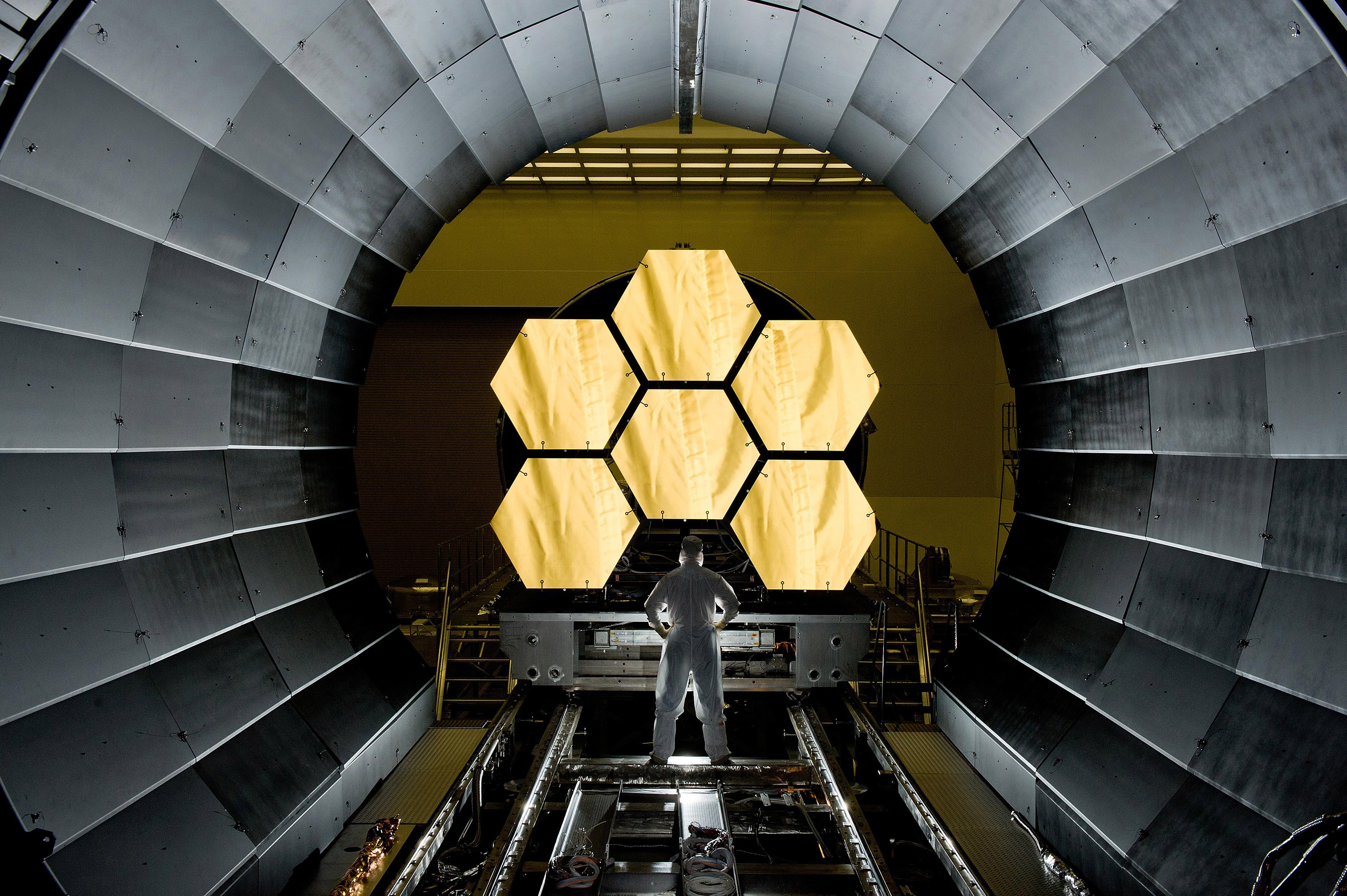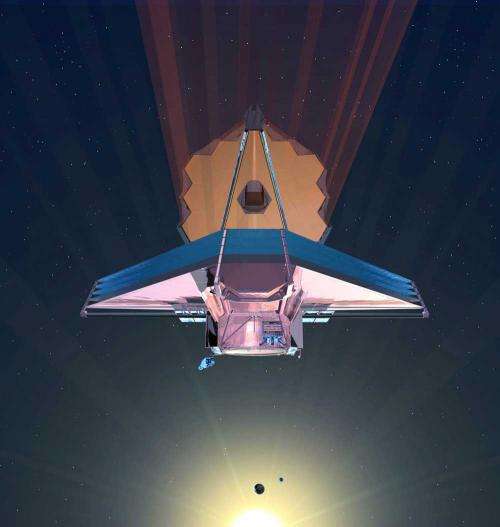

"These images are going to remind the world America can do big things, and remind the American people, especially our children, there is nothing beyond our capacity," Biden said Monday. Virtually every object in the photo is a galaxy.īut the initial Webb deep field released Monday promises to rewrite the astronomy books yet again, providing the data needed to fill in many of the major gaps in the history of the universe, perhaps even providing the framework to determine when - and how - the first massive stars formed, exploded and seeded the cosmos with the heavy elements that make life possible.
James webb space telescope release date Patch#
The original Hubble deep field image of a seemingly empty patch of sky, captured in 1995 after what amounted to a 10-day time exposure. How stars formed and got organized so quickly into galactic structures is still a mystery, as is the development of the supermassive black holes at their cores. Subsequent Hubble deep fields pushed even farther back in time, detecting the faint light of galaxies that were shining within about 500 million years of the Big Bang.

To the amazement of professionals and the public alike, that long-exposure image revealed more than 3,000 galaxies of every shape, size and age, some of them the oldest, most distant ever seen. One of the Hubble Space Telescope's most astonishing images was its initial " deep field" look at a tiny patch of seemingly empty sky over a 10-day period in 1995. Webb's mirror and instruments were designed for infrared observations, the only way to probe the very early history of the universe. That light has been stretched into longer infrared wavelengths by the expansion of space itself over the past 13.8 billion years, putting it beyond the reach of Hubble, which is optimized to capture visible light.

An artist's impression of the James Webb Space Telescope, with its gold-coated segmented mirror and its tennis court-size sunshade, orbiting the sun a million miles from Earth.įor the past 30 years, the Hubble Space Telescope has become one of the most iconic instruments in astronomical history, helping astronomers pin down the age of the universe, confirming the existence of supermassive black holes, capturing what were the deepest views of the cosmos ever collected and providing fly-by class images of moons and planets in Earth's solar system.īut Webb, operating at just a few degrees above absolute zero behind a tennis-court size sunshade, promises to push the boundaries of human knowledge even deeper with a 21.3-foot-wide segmented primary mirror capable of detecting the faint light from the era when stars began igniting in the wake of the Big Bang. One example: spectroscopic analysis of apparent water plumes from the interior of Europa, one of Jupiter's moons, to determine the chemical composition of a presumed sub-surface ocean that may provide a habitable environment. NASA plans to release additional "first light" images Tuesday, photos designed to showcase Webb's ability to chart the details of stellar evolution, from starbirth to death by supernova, to study how galaxies form, merge and evolve and to probe the chemical composition of atmospheres around planets orbiting other stars.Ĭloser to home, 7% of Webb's observations over its first year of operation will be focused on planets, moons and smaller bodies in our own solar system.

And since we know the universe is 13.8 billion years old, we're going back almost to the beginning." They're going back about thirteen-and-a-half billion years. "That light that you are seeing has been traveling for over 13 billion years, and by the way, we're going back farther. "We're looking back more than 13 billion years," he said.


 0 kommentar(er)
0 kommentar(er)
